Feb 11, 2023
Author:Jackson Watson
Have you ever noticed that your cat wasn't getting enough water or that they didn't seem quite themselves and wondered if they might be dehydrated? Especially in cats who aren't feeling well, this is a prent issue. When the body of the cat loses too much fluid, dehydration occurs. Not just water is lost when this happens. Additionally, it causes their body to lose some essential minerals like chloride, sodium, and potassium. Here is everything you need to know about cat dehydration, including the symptoms, causes, what to do, and efficient methods.
Cats become dehydrated when they do not consume enough fluids to replace what they lose. This can happen for various reasons. The following are some causes of dehydration in cats:
Anything that makes your cat eat or drink improperly is one of the more frequent causes of dehydration in cats. If your cat is using fluids but not drinking them, dehydration happens quickly. For every 5 pounds of body weight, your cat needs to consume 3.5 to 4.5 ounces of water each day. For instance, a cat weighing 10 pounds must drink 7 to 9 ounces of water daily.
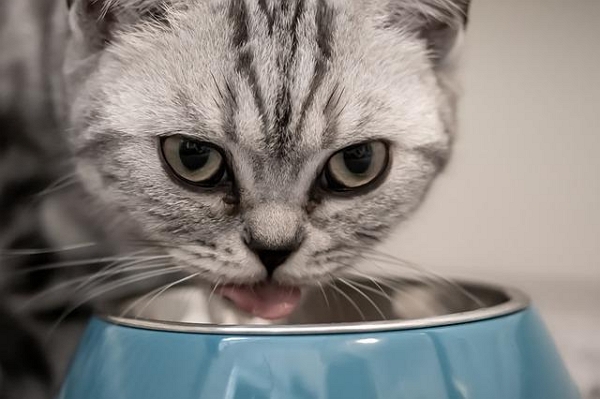
Hot weather and cats don't always mix well. Cats are just as susceptible to heatstroke and dehydration during the summer as the rest of us. These are serious illnesses that have the potential to kill. Glazed eyes, lethargy, trouble breathing, a rapid heartbeat, shaky gait, instability, vomiting, seizures, red gums or tongue, and collapse are some signs of heatstroke.
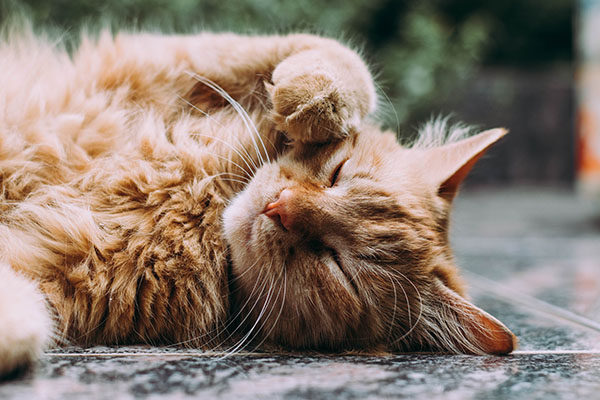
Diarrhea is a common condition in cats, and there are many reasons why it occurs. It occasionally comes and goes quickly. Other times, it may only last a few hours, days, weeks, or even months, or it may recur frequently. Unless you have an older cat or a kitten, 24- to 48-hour bouts of diarrhea will probably not be a problem. But if it goes on for too long, your cat might become critically dehydrated.
Diseases that result in increased water loss are the most frequent causes of dehydration in cats. This group includes chronic kidney disease, diabetes, nausea, diarrhea, and hyperthyroidism. Fresh water should always be available. If your cat stops eating, she'll need more fluids. A syringe can be used to administer fluids by mouth.
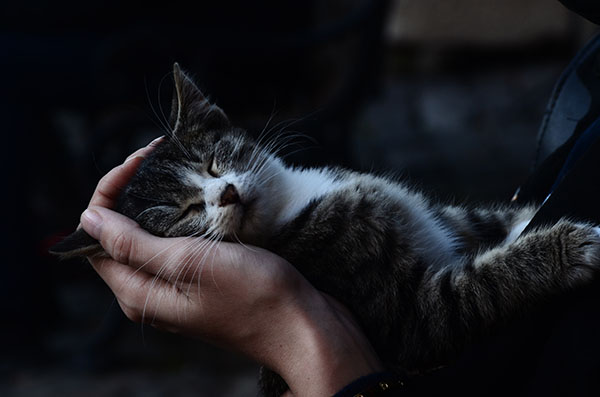
The cat may urinate more frequently if they have a medical condition like diabetes, diarrhea, or something that affects its kidneys. Cats can become dehydrated for a variety of reasons, but they all stem from the fact that they are losing fluids more quickly than they are consuming them. Each time a cat urinates, a significant amount of fluid is lost, and all cats continuously lose fluids throughout the day.
Recognize that cats kept outside have a higher risk of dehydration. Dry-fed cats are also more likely to become dehydrated if they are denied access to drinkable water. Consequently, how can you tell if your cat is dehydrated? The warning signs are as follows: Check these signs of dehydration in cats:
The skin pinch test is a widely used technique to determine whether your cat is dehydrated. This test is only effective in young, healthy animals with elastic skin; older cats or cats with chronic illnesses find this test less helpful. But if you lightly lift (or pinch) the skin between your cat's shoulder blades and then release your grip, the skin ought to immediately snap back into place.
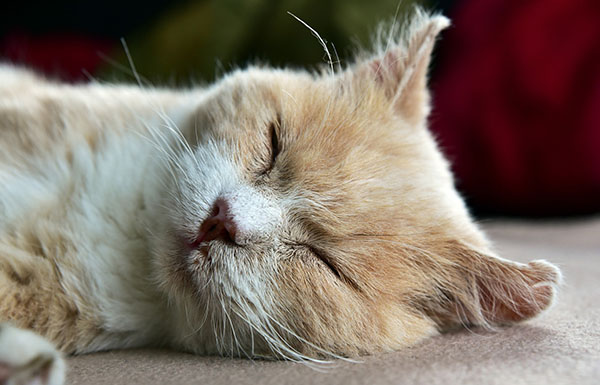
Paws that feel cool to the touch can signify mild to severe dehydration in a cat with other dehydration symptoms. Gently pick up your cat to make an assessment. Take a temperature reading while holding his paw in the palm of your hand. Your cat is not moderately dehydrated if his body temperature feels normal to you. You should take him to the vet as soon as you can if his paws feel cool or cold, as this may indicate that he is severely dehydrated.
Sunken eyes are more common in skinny, old cats or with chronic illnesses. Your cat is likely dehydrated if you suddenly notice that its normally healthy eyes are sunk into their sockets and appear dull rather than like their usual shiny twin orbs. The eyes of a hydrated cat can be distinguished from a dehydrated cat's eyes. Your cat may simply be dehydrated if her eyes appear sunken, dull, or lack normal focus. Dehydration in cats, or a lack of sufficient water in the body, is the most frequent cause of sunken eyes.
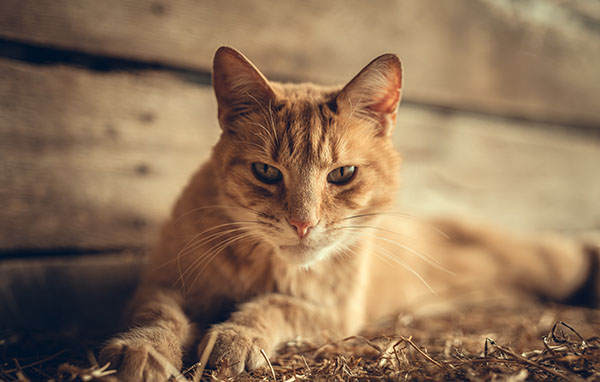
Constipated cats are frequently dehydrated cats. Has your cat been less frequenting the restroom than usual? Is the litter box overflowing with small, hard pellet-like feces rather than typical poop? These indications of dehydration may also include a lack of wet litter. Additionally, a critical factor in the recommendation to use scoopable litter is the fact that the condition of its litter box can significantly determine your cat's health.
One of the simplest places to check your cat's health is on her gums. Her gums should never feel sticky or dry; they should always be pink and supple. If the white spot created by your finger on your cat's gum doesn't turn back to its normal color in two seconds or less, dehydration may be to blame. Your cat's gums will remain white if it is dehydrated, and they will take longer to turn pink again. In well-hydrated cats, the capillary refill should be almost instantaneous.
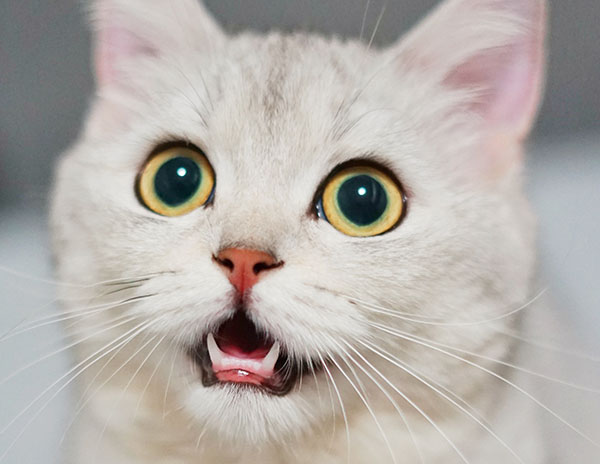
Lethargy, an abnormally high or low heart rate, and hiding behaviors are some other less obvious signs that your cat may not be feeling well. Because severe dehydration leads to further water loss, your cat won't necessarily come to you when she's feeling under the weather. Check to see if your cat is acting particularly drowsy or lazy. Do they welcome you homeless frequently now? Do they act more sedately than usual? Pay attention to these behavioral shifts.
Since cats don't have sweat glands, they use panting to control their body temperature. Even though it is done to prevent overheating, panting poses a health risk of its own because moisture is lost through the mouths of cats, and cats may pant due to a variety of respiratory conditions and infections. Stuffy nose, wheezing, coughing, and respiratory illnesses bring on other symptoms common to human colds and flu. However, your cat may experience difficulty breathing due to all of these symptoms, which may cause panting.
It should be simpler to correct the situation the sooner you notice your cat is dehydrated. Below are some solutions:
Any dehydrated cat should have a thorough examination by a veterinarian to look for symptoms of a larger illness and any underlying conditions that might have contributed to the dehydration. To ascertain the degree of dehydration and the underlying cause, your veterinarian will typically also want to perform some laboratory tests, including blood and urine. Depending on the circumstances, more testing might be advised. Treatment options differ as well. Fluids administered subcutaneously (also known as subcutaneous fluids) are frequently used to treat a variety of conditions, including mild dehydration. They are typically carried out on your cat as an outpatient procedure.
How Often Do You Take Your Cat to The Vet>>
Consider having multiple water bowls so that each pet has its own if you have numerous pets. Additionally, to ensure your pet always has easy access to water, think about positioning water bowls throughout your home, especially if it is young, old, or suffering from joint problems. For homes with multiple levels, this is especially crucial. Cats who prefer clean, moving water may be inspired to drink more by the use of water fountains. However, the WOPET cat water fountain is strongly advised. There are three filters in the WOPET pet water fountain. The sponge captures pet fur and other large contaminants. The ion exchange resin layer softens tap water, while the activated carbon layer takes away flavor and odor intrusions. It will be healthier to change the filter every week!
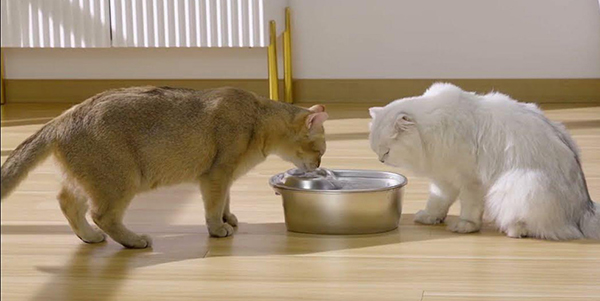
In the end, your cat will decide between dry and wet cat food. It is recommended to feed a combination of wet and dry food. In addition to providing the benefits of dry food for her teeth, this keeps her interested and makes sure she gets enough moisture in her diet, and it is one of the best ways to avoid dehydration in the cat.

All of the essential amino acids needed by cats are found in animal protein. Organs and tissues, such as cartilage, tendons, hair, skin, blood, muscles, and the heart, are made up of proteins. They are a component of hormones, antibodies, and enzymes. Cats' primary source of energy comes from animal fats. The phrase "good fats" refers to the essential fatty acids like Omega 3 and Omega 6 and fats found naturally in meat and fish. These "good fats" are essential for the well-being of cats.
On a hot day, dehydration can happen fairly quickly, especially if your pet is agitated or performing prolonged or strenuous exercise. You can help keep your cat safe from dehydration by being aware of the symptoms, limiting their time and activity outdoors in the heat, and ensuring they always have access to fresh, clean drinking water.
Popular Post
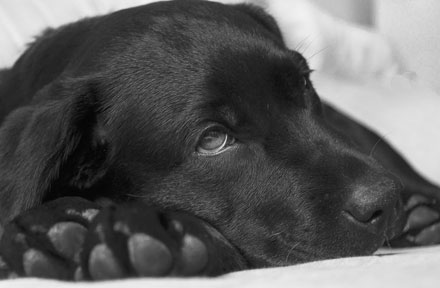
What to Feed a Sick Dog With No Appetite? [2025 Guide]
May 16, 2023
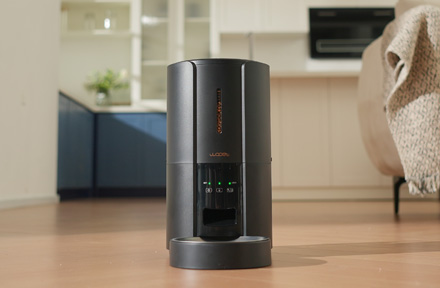
Troubleshooting Common Issues with Automatic Pet Feeders: Tips & Tricks for Pet Owners
Oct 26, 2023
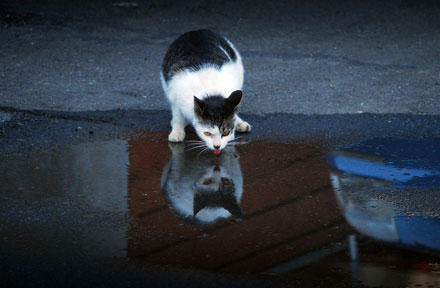
Why Does My Cat Cough After Drinking Water? 8 Potential Reasons
Mar 13, 2023
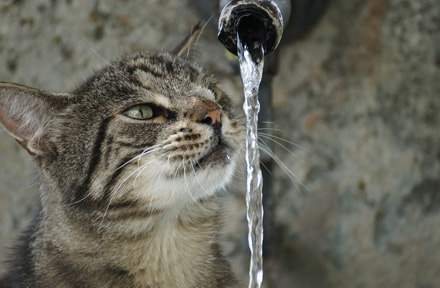
Why is My Cat Throwing up Water? Top 5 Causes Here
Feb 08, 2023
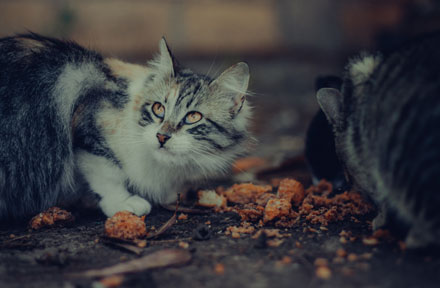
My Cat Only Eats A Little at A Time - What to Do?
Feb 27, 2023
$99.99
$129.99
Copyright © 2025 WOPET. All Rights Reserved.